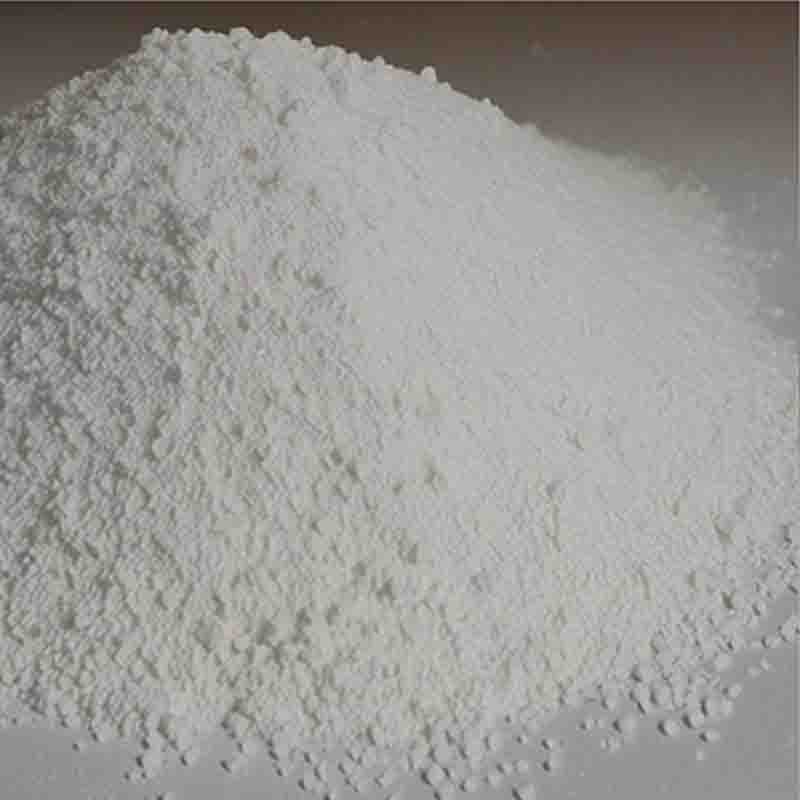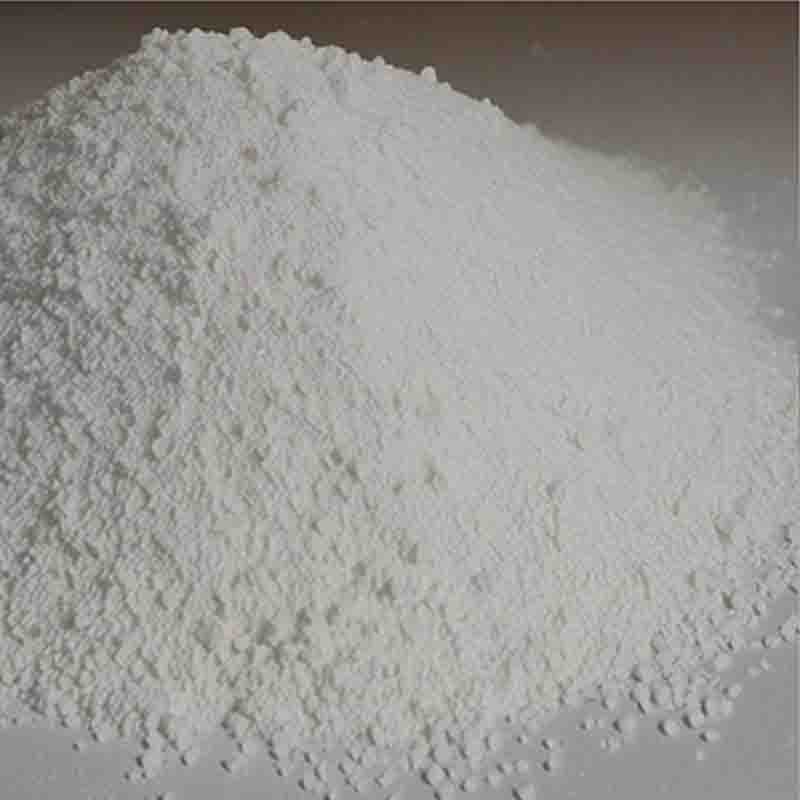Bis(1,5-cyclooctadiene)rhodium(I) trifluoromethanesulfonate CAS: 99326-34-8
| Catalog Number | XD94454 |
| Product Name | Bis(1,5-cyclooctadiene)rhodium(I) trifluoromethanesulfonate |
| CAS | 99326-34-8 |
| Molecular Formula | C17H24F3O3RhS |
| Molecular Weight | 468.34 |
| Storage Details | Ambient |
Product Specification
| Appearance | White powder |
| Assay | 99% min |
Bis(1,5-cyclooctadiene)rhodium(I) trifluoromethanesulfonate, also known as Rh(COD)2OTf, is a rhodium catalyst that has gained significant attention in various organic transformations. It consists of a rhodium metal center coordinated with two 1,5-cyclooctadiene (COD) ligands, with trifluoromethanesulfonate (OTf) as the counterion.This rhodium complex finds extensive use in the catalytic hydrofunctionalization of alkenes and alkynes. Hydrofunctionalization involves the addition of nucleophiles or electrophiles to unsaturated carbon-carbon bonds, allowing for the creation of new carbon-heteroatom or carbon-carbon bonds. Rh(COD)2OTf can catalyze different types of hydrofunctionalizations, including hydroboration, hydroamination, and hydroacylation. These reactions enable the synthesis of a wide range of valuable compounds, such as alcohols, amines, and ketones, which are important building blocks in various industries, including pharmaceuticals, agrochemicals, and materials science.Furthermore, Rh(COD)2OTf is employed in the catalytic coupling of carbon dioxide with a variety of organic substrates, known as the CO2 fixation reaction. This process enables the direct conversion of carbon dioxide, a greenhouse gas, into useful organic compounds. Rh(COD)2OTf, in combination with suitable ligands and cocatalysts, can selectively couple carbon dioxide with alkenes, alkynes, or even alcohols, producing carboxylic acids, cyclic carbonates, or formates. The utilization of carbon dioxide as a feedstock for chemical synthesis is of significant environmental and economic interest, and Rh(COD)2OTf plays a vital role in this field.Additionally, Rh(COD)2OTf is employed in the synthesis of functionalized organic compounds through the activation of C-H bonds. It can promote the selective functionalization of relatively unreactive C-H bonds, such as C-H bonds in aromatic compounds or alkanes. By employing various directing groups and reaction conditions, Rh(COD)2OTf can facilitate the installation of diverse functional groups onto a molecule, providing access to complex and synthetically valuable products.Moreover, Rh(COD)2OTf is utilized in the catalytic C-C bond activation and formation. It can facilitate the selective cleavage of carbon-carbon bonds and enable the subsequent coupling of the resulting fragments to form new C-C bonds. These processes are of great importance in natural product synthesis, as they allow the construction of challenging carbon frameworks present in complex organic molecules.In summary, Bis(1,5-cyclooctadiene)rhodium(I) trifluoromethanesulfonate (Rh(COD)2OTf) is a versatile catalyst that finds applications in hydrofunctionalizations, CO2 fixation, C-H activation, and C-C bond activation and formation. Its ability to selectively activate and functionalize C-C and C-H bonds makes it a valuable tool in the synthesis of complex organic molecules. Rh(COD)2OTf contributes to the development of sustainable and efficient synthetic methodologies, enabling the production of valuable compounds while minimizing environmental impact.









